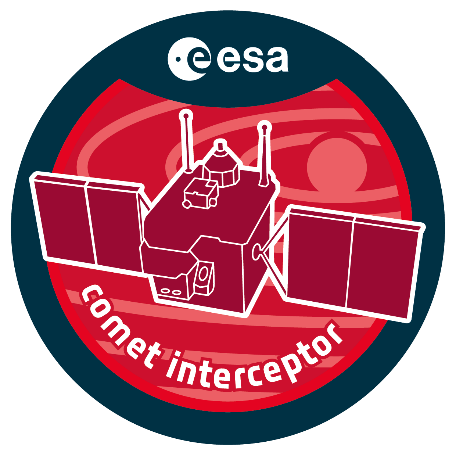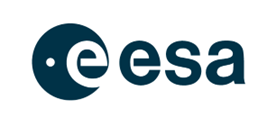Joint modelling of preliminary Comet Interceptor flyby scenarios with photorealistic 3D tools for OPIC, MIRMIS Hyperspectral Imager and EnVisS instruments


Project title: Joint modelling of preliminary Comet Interceptor flyby scenarios with photorealistic 3D tools for OPIC, MIRMIS Hyperspectral Imager and EnVisS instruments
Project's No: 4000145164/24/NL/MH/mp
Project's partner: Nanocraft SIA
Project acronym: CI3D
Funded by: European Space Agency
Project's duration: 01.07.2024. - 30.09.2025
Project's total budget: Total project budget 99634,00 EUR EUR, VUAS budget - 34993,00 EUR.
Project's summary:
The project aims to develop joint modeling solutions utilizing a photorealistic 3D approach to facilitate the testing of ESA’s Comet Interceptor mission instruments—OPIC, the MIRMIS Hyperspectral Imager, and EnVisS—across various flyby scenarios. Developed models will be instrumental in supporting the scientific performance analysis of these instruments.
Additionally, the project undertakes a pilot study to characterize the mission's scientific output by examining key parameters, including the nucleus size and shape, flyby conditions, and diverse cometary activity scenarios. To achieve this, the project incorporates the following core modeling features:
- Comet size, surface structure, color, brightness, and activity
- Heliocentric distance
- Flyby geometry and velocity
- A multi-instrument observational approach, enabling views of the target from multiple angles
Project’s activities:
- WP1: Management and reporting
- WP2: Implement Comet Interceptor 3D (CI3D) multi- instrument multi-probe batch simulator for OPIC, MIRMIS and EnVisS imagers
- WP3: Implementation of comet gas and dust model into AIS and FlyByGen
- WP4: Generate high-fidelity dataset for joint test campaign with MIRMIS, OPIC and EnVisS teams
Results:
- D01: Requirements specification for flyby scenarios
- D02: CI3D comparative temporary system and documentation
- D03: CI3D multi-instrument multi-probe system documentation
- D04: Requirements specification and independent model for gas and dust simulation
- D05: Gas and dust model implementation in AIS, documentation
- D06: Gas and dust model implementation in FlyByGen, documentation
- D07: Requirements specification for the CI3D dataset
- D08: Test results from the joint campaign in Tartu, Helsinki and Aalto
- D09: Final code and documentation
Contacts:
Contact person for scientific matters – Karina Šķirmante, karina.skirmante@venta.lv
Contact person for administrative matters – Vitālijs Petkevičs, vitalijs.petkevics@venta.lv

